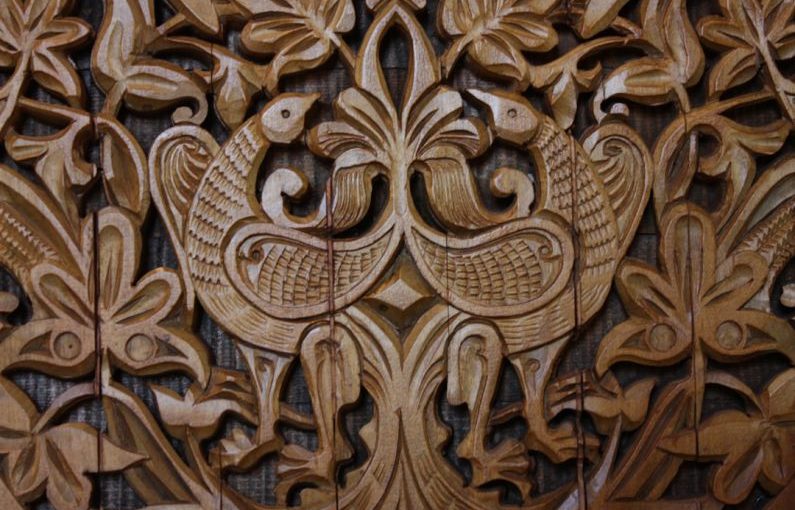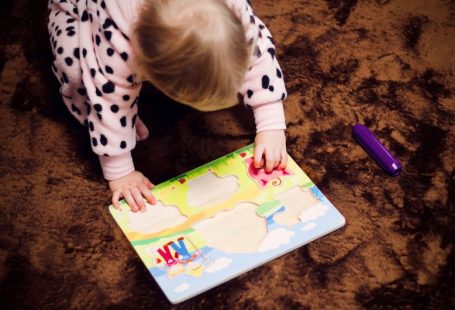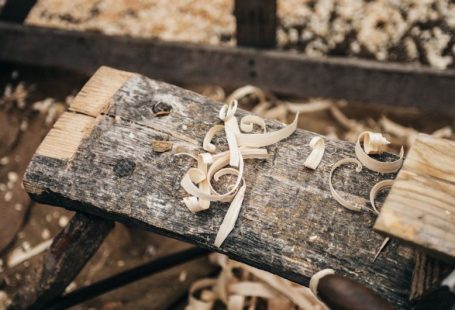In a world that is rapidly evolving with modern technology and innovation, the art of folk carving stands as a timeless tradition that continues to captivate and inspire. With its roots deeply embedded in history, folk art carving represents a rich cultural heritage that has been passed down through generations. This form of artistry involves the intricate shaping and sculpting of wood to create unique and visually stunning pieces that tell stories, capture emotions, and reflect the values of a community.
A Tradition of Meaningful Expression
Folk art carving is more than just a craft—it is a form of expression that allows artisans to communicate their beliefs, experiences, and cultural identity through the medium of wood. Each carving is a labor of love, requiring patience, skill, and an intimate understanding of the material. From whimsical figurines to elaborate scenes depicting daily life, folk art carvings are a testament to the creativity and ingenuity of the artists who bring them to life.
Preserving Cultural Heritage
One of the most significant aspects of folk art carving is its role in preserving cultural heritage. Through the generations, artisans have passed down their knowledge and techniques, ensuring that the traditions of wood carving remain alive and vibrant. These pieces serve as a link to the past, offering a glimpse into the customs, beliefs, and values of the communities from which they originate.
Celebrating Diversity
Folk art carving is a diverse and versatile art form that encompasses a wide range of styles, techniques, and themes. From the intricate floral patterns of Scandinavian rosemaling to the bold geometric designs of Native American carvings, each culture brings its unique perspective and aesthetic to the craft. This diversity not only enriches the art form but also fosters a sense of unity and understanding among different communities.
Honoring Nature
Wood, as the primary medium for folk art carving, holds a special significance in the process. Artisans often source their materials from the natural world, selecting specific types of wood for their color, texture, and grain. This deep connection to nature is reflected in the carvings themselves, which often feature motifs inspired by the flora and fauna of the artist’s surroundings. By working with wood, artisans pay homage to the beauty and resilience of the natural world, creating pieces that are both timeless and environmentally sustainable.
The Legacy of Folk Art Carving
As we look to the future, it is essential to recognize the importance of preserving and promoting folk art carving as a vital cultural heritage. By supporting artisans, fostering creativity, and encouraging dialogue between different artistic traditions, we can ensure that this timeless craft continues to thrive for generations to come. Folk art carving is not just a craft—it is a living testament to the resilience, creativity, and spirit of humanity, bound together through the enduring beauty of wood.





